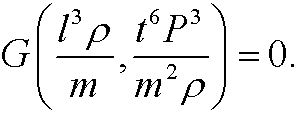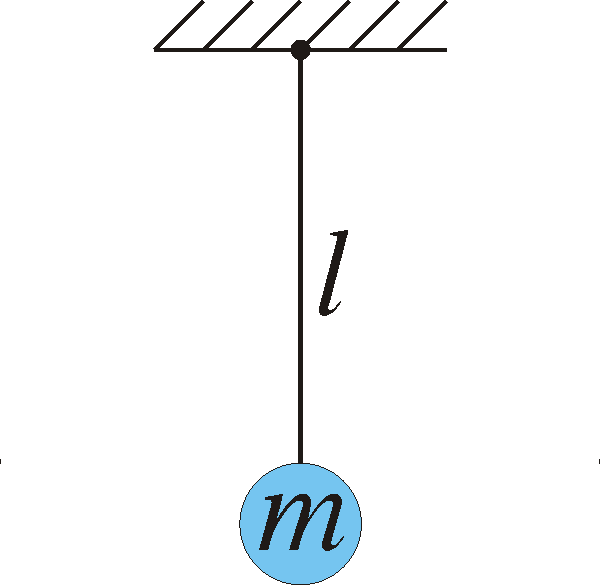1.1) A physical phenomenon is described by the quantities pressure P, length l, mass m, time t och density ![]() . If there is a physical law
. If there is a physical law

relating these quantities, show that there is an equivalent physical law on the form

1.2) Let
be a given continuous function. If M=max|u(t)| then u can be scaled with M to the dimensionless variable U=u/M. As time scale we can use N=M/max|u'(t)|, the ratio between the maximal value of the function and its maximal slope. Find M and N for the the following functions:
a)

b)

c)

1.3) Consider the function

where ![]() is a small number. Use exercise 1.2 to find a time scale. Is this time scale suitable for all the interval [0,1]? (Draw a graph of u(t) when
is a small number. Use exercise 1.2 to find a time scale. Is this time scale suitable for all the interval [0,1]? (Draw a graph of u(t) when ![]() ). Explain why two different time scales might be needed for a process described by u(t).
). Explain why two different time scales might be needed for a process described by u(t).
1.4) A pendulum that is l long and has mass m swings around its point of fixing. We denote the angle between the vertical line and the pendulum with ![]() . This means that
. This means that ![]() is 0 when the pendulum is directed straight down.
is 0 when the pendulum is directed straight down.

Use Newton’s second law to derive its equation of motion (note that the acceleration of the mass is d2s/dt2 where ![]() is the length of the circular arc that the mass travels along, that the force is -mg vertically downward and that it is only the tangential component of the force that affects the motion.) The mequation of motion will then become
is the length of the circular arc that the mass travels along, that the force is -mg vertically downward and that it is only the tangential component of the force that affects the motion.) The mequation of motion will then become

If the mass is released from a small angle ![]() at time t=0, formulate a dimensionless initial value problem that describes the motion.
at time t=0, formulate a dimensionless initial value problem that describes the motion.
1.5) Present and discuss Malthus’ logistic model for population dynamics. Introduce dimensionless variables and make a suitable scaling. Solve the scaled equation and find an attractor to the original equation. What does this attractor mean in practice?